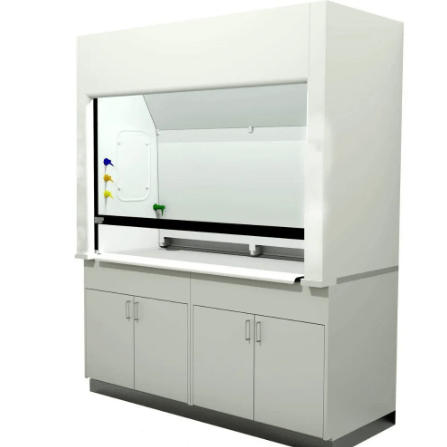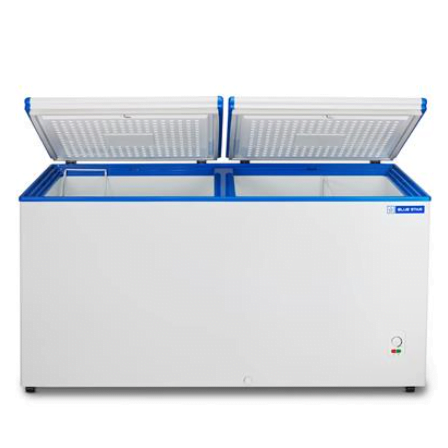In the fast-paced world of laboratory research, precision and efficiency are paramount. Among the arsenal of tools at a scientist’s disposal, orbital shakers stand out as indispensable instruments that have revolutionized various fields of study. These versatile machines have become the backbone of countless experiments, enabling scientists to achieve consistent and reproducible results with ease.
Introduction to Orbital Shakers: Orbital shakers are essential laboratory instruments designed to agitate liquid samples in a controlled manner. Unlike traditional shakers that move samples in a linear motion, orbital shakers employ a circular motion, providing more uniform mixing and ensuring even distribution of substances. This unique movement pattern makes them ideal for a wide range of applications, including cell culture, microbiology, molecular biology, and biochemistry.
Versatility and Applications: One of the key advantages of orbital shakers is their versatility. With adjustable speed and orbital diameter settings, researchers can customize shaking parameters to suit specific experimental requirements. Whether it’s gentle mixing of delicate cell cultures or vigorous agitation of viscous solutions, orbital shakers offer unparalleled flexibility and precision.
In cell culture laboratories, orbital shakers play a crucial role in maintaining cells in suspension, promoting gas exchange, and facilitating homogeneous distribution of nutrients and signaling molecules. Similarly, in molecular biology and biochemistry research, these shakers are indispensable for tasks such as protein extraction, DNA hybridization, and enzyme reactions.
Advancements in Technology: Over the years, orbital shaker technology has advanced significantly, incorporating features such as programmable controls, temperature regulation, and multiple platform options. Modern shakers are equipped with intuitive interfaces that allow researchers to monitor and adjust shaking parameters in real-time, enhancing experimental reproducibility and efficiency.
Future Developments and Innovations: As technology advances, the capabilities of orbital shakers continue to evolve. Future developments may include:
- Integration with robotics and automation systems to streamline high-throughput screening and drug discovery workflows.
- Enhanced connectivity and data logging features for real-time monitoring and analysis of mixing parameters.
- Miniaturization and portability for point-of-care diagnostic applications and field research.
Future Directions: As scientific research continues to evolve, so too will the role of orbital shakers in advancing our understanding of the natural world. Emerging technologies, such as microfluidics and high-throughput screening, present new opportunities for innovation in shaker design and functionality. By integrating these developments, future orbital shakers will likely offer even greater precision, automation, and compatibility with emerging research techniques.
Conclusion: In conclusion, orbital shakers represent a cornerstone of modern laboratory research, enabling scientists to perform a diverse array of experiments with unparalleled precision and efficiency. As technology continues to advance, these indispensable instruments will continue to drive scientific discovery and innovation, paving the way for groundbreaking discoveries in the years to come.




